There is a quiet magic in sound—the way vibrations can soften edges, slow racing thoughts, and bring us back to our breath. If you've felt drawn to sound healing but hesitated at the complexity of singing bowls or the precision of tuning forks, let me introduce you to the tongue drum: nature's kindest invitation to sonic meditation.
An Instrument That Meets You Where You Are
Tongue drums understand what beginners need. Unlike instruments that demand years of practice before yielding beauty, these circular vessels of sound offer:
• Instant harmony – Their carefully tuned tongues ensure every strike resonates with intention
• Forgiving playability – No "wrong" notes exist here, only variations of calm
• Embodied resonance – You'll feel the vibrations in your hands before you hear them with your ears
I've guided hundreds of newcomers into sound healing, and time after time, I watch shoulders relax when they realize—this doesn't require skill, only presence.
The Science of Simplicity
Modern life moves quickly. The tongue drum moves slowly. Neuroscientists confirm what ancient healers knew: sustained tones at 432Hz and below synchronize with our brain's relaxation frequencies.
When you play:
→ Your breath naturally deepens
→ Your pulse begins to mirror the rhythm
→ The space between thoughts widens
It's not magic—it's physics meeting physiology in the most accessible way possible.
Three Doorways to Begin
1. The Breath as Your Guide
Try this now:
- Rest the drum in your lap
- Inhale deeply through your nose (count to four)
- Exhale through pursed lips while gently striking one tongue
- Notice how the sound lingers as long as your breath
Watch this practice come alive
2. The Freedom of Unstructured Play
Some of my most profound healing sessions began with no plan at all. Simply:
• Let your fingers wander the tongues
• Follow what feels soothing
• Notice which tones your body leans toward
Discover the joy of intuitive play
3. Creating Ritual Around Sound
Your drum becomes an anchor when you:
☀️ Greet mornings with three cleansing tones
🌙 Close evenings by "playing out" the day's tensions
See how to improvise on a tongue drum
Choosing Your Companion
The right drum chooses you as much as you choose it. Consider:
• Steel tongues for clear, shimmering sustain
• Wooden bodies for earthy, grounded warmth
• 9-12 notes to begin—enough variety, not overwhelm
Meet our carefully crafted drums
Gentle Reminders for Your Journey
Q: "What if I'm not musical?"
A: The drum is musical for you. Your only task is to listen.
Q: "How will I know I'm doing it right?"
A: When you feel more at peace afterwards, you are doing it exactly right.
This is not about performance. It's about remembering—through vibration—how to be where you are. Your drum will wait patiently whenever you need to return to that remembering.
May your first notes find you exactly where you need to be.
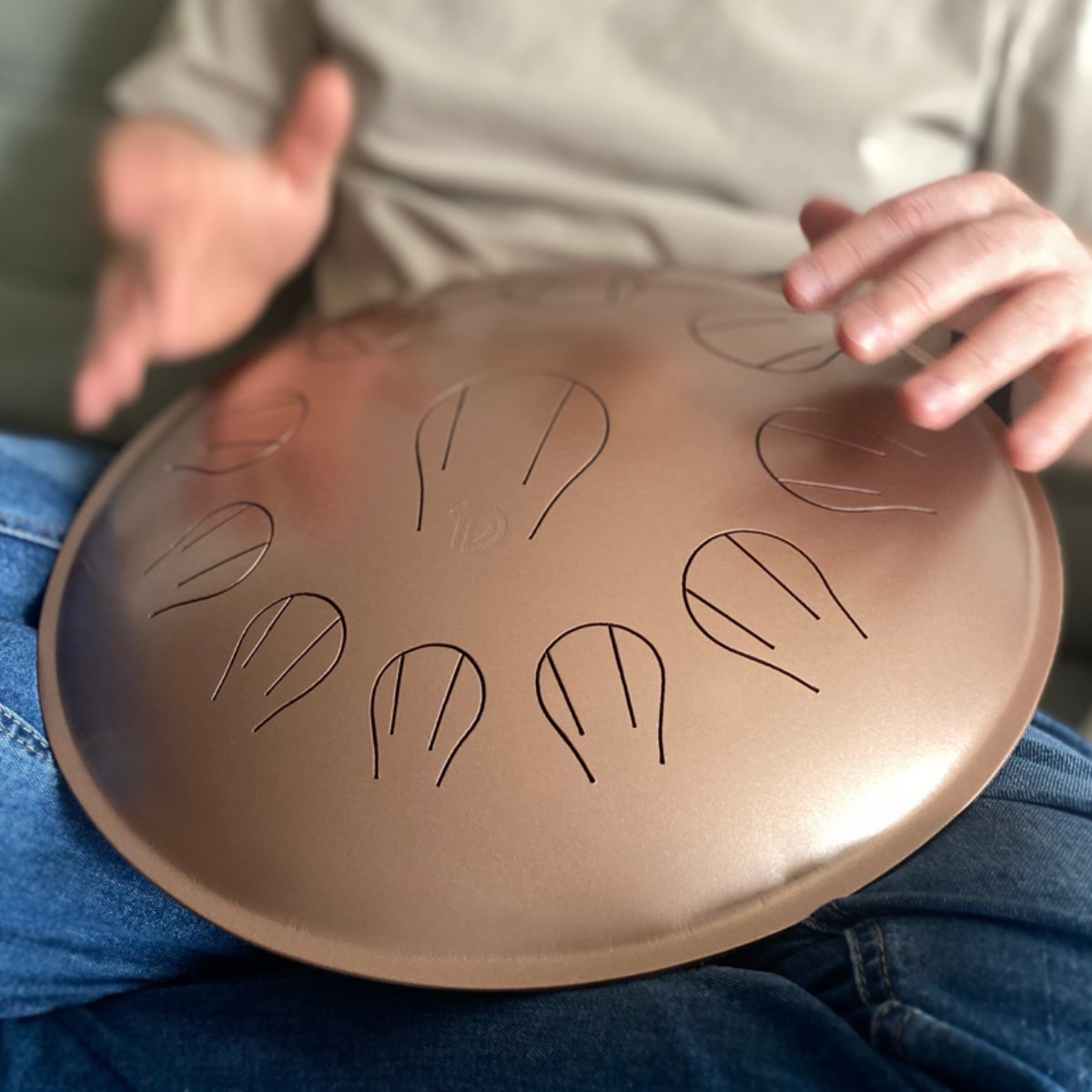
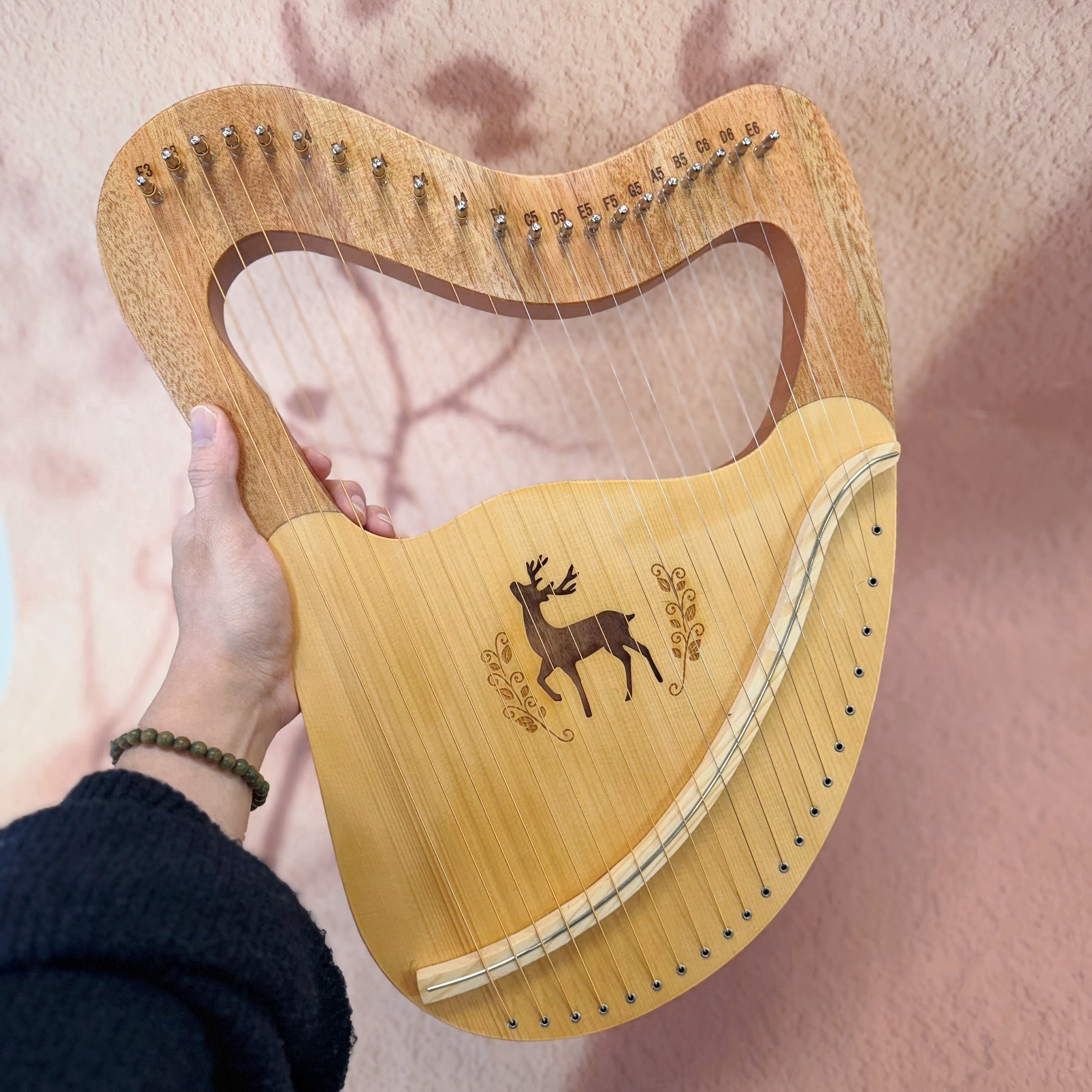

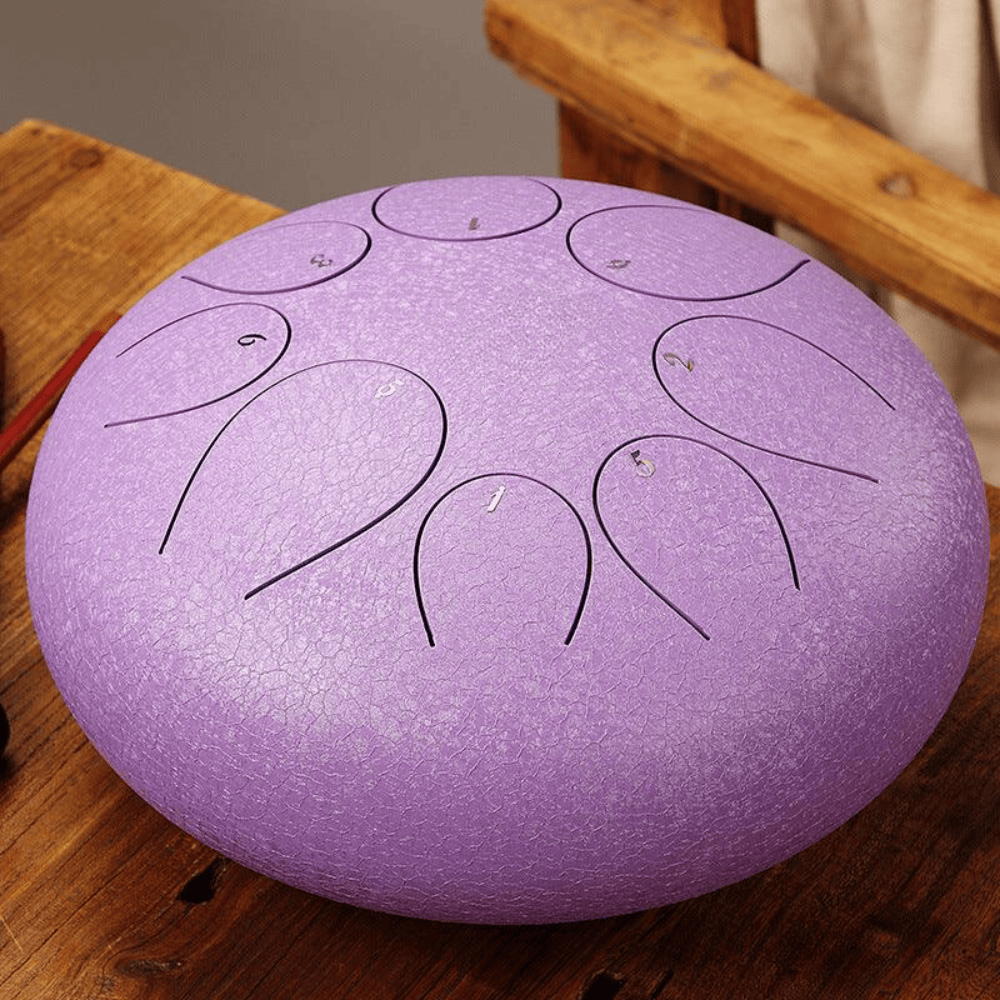
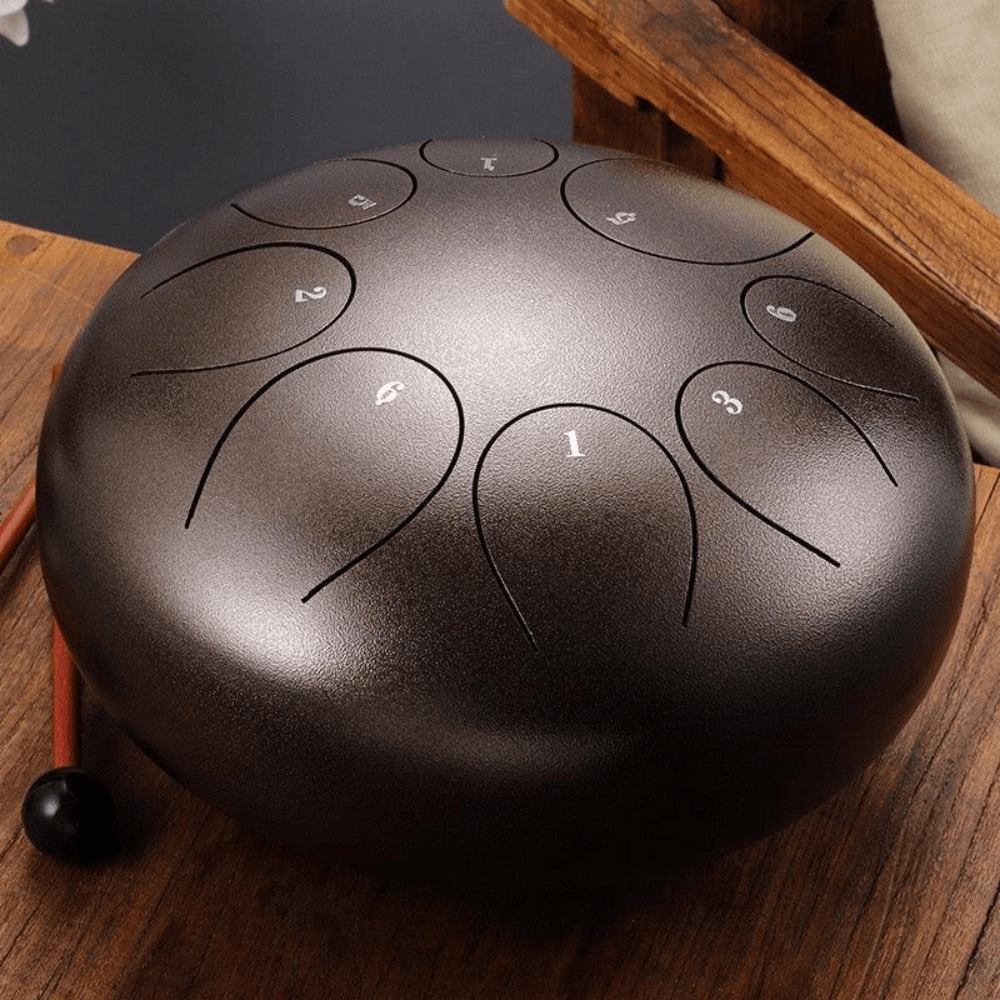
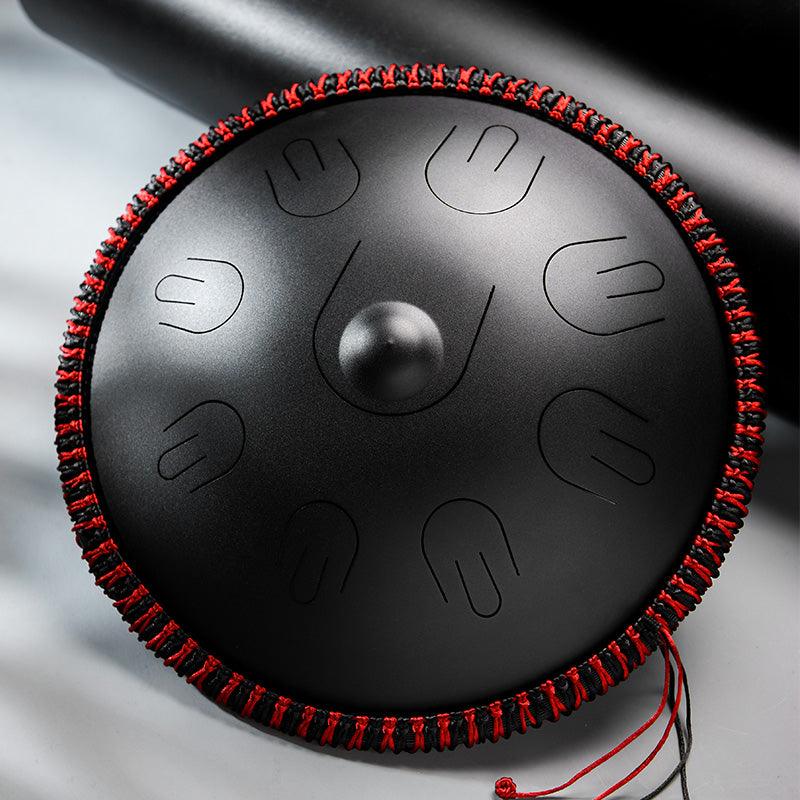
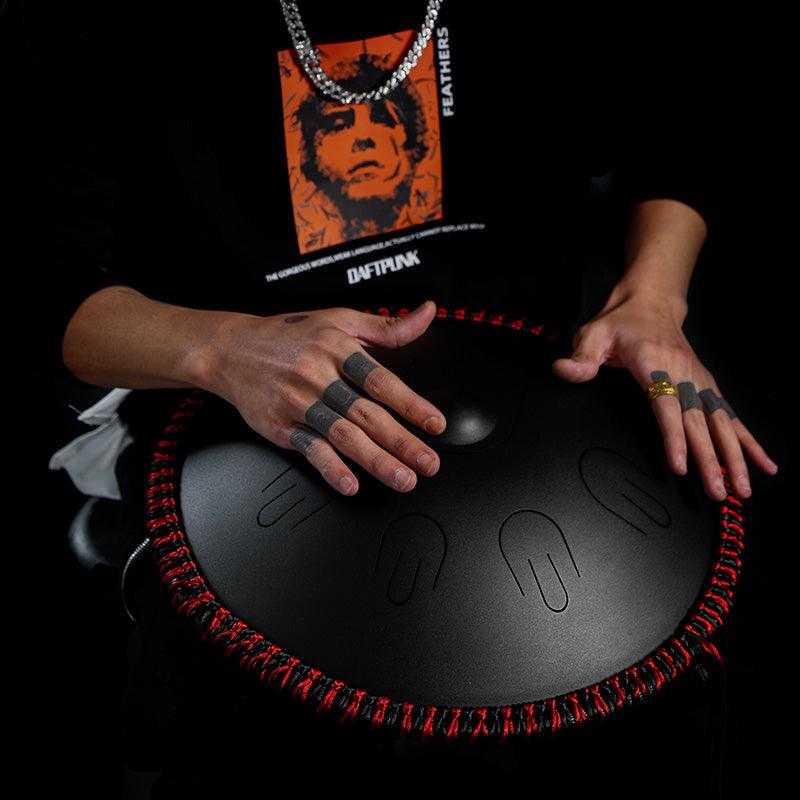
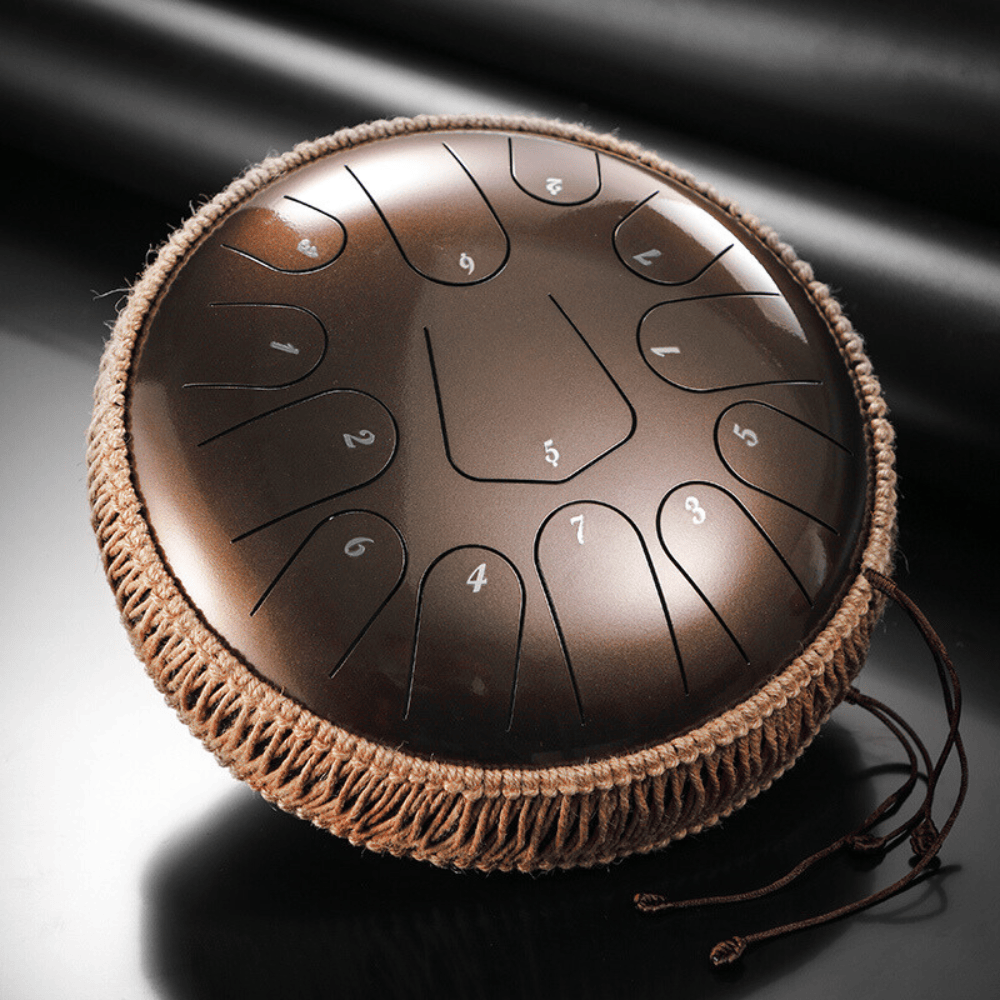
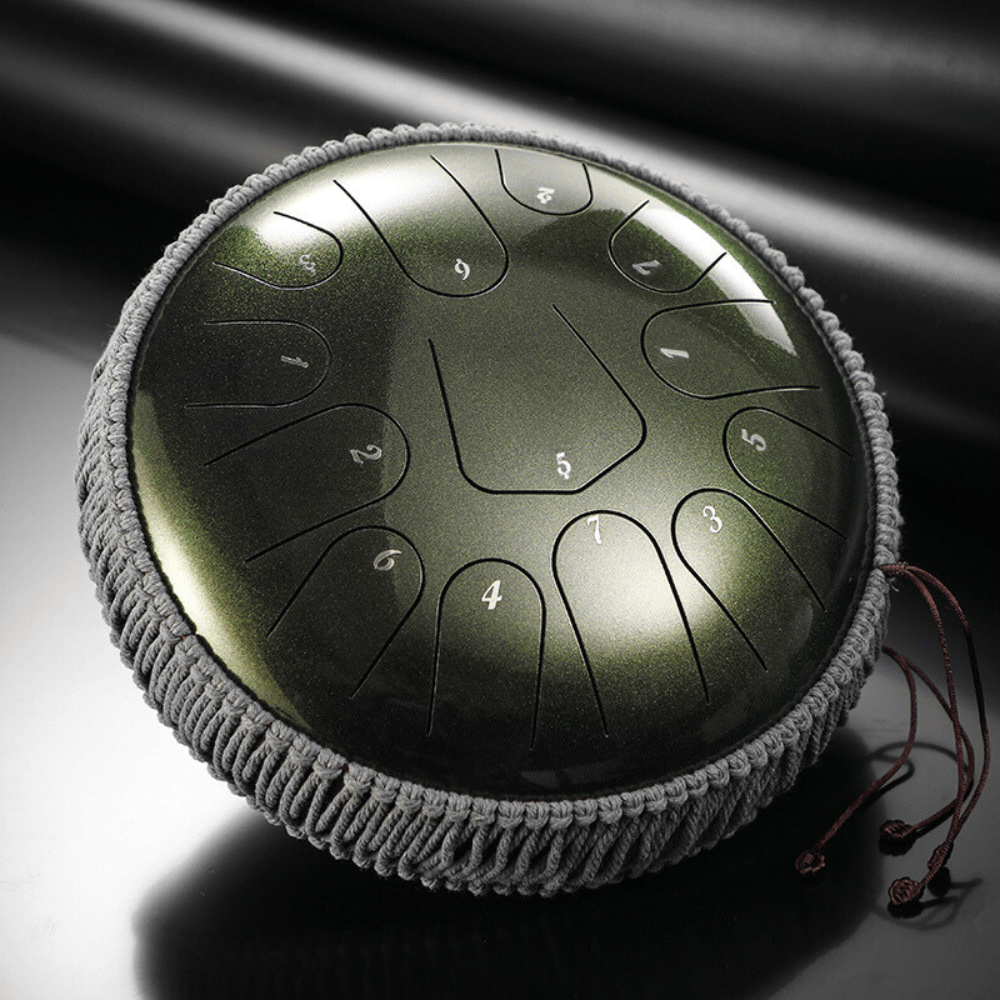
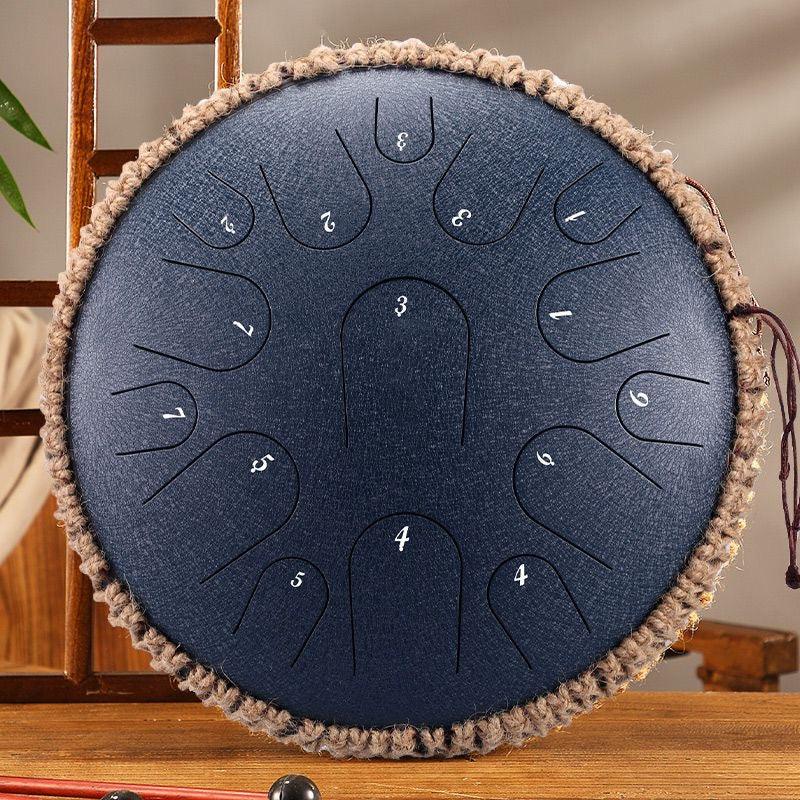
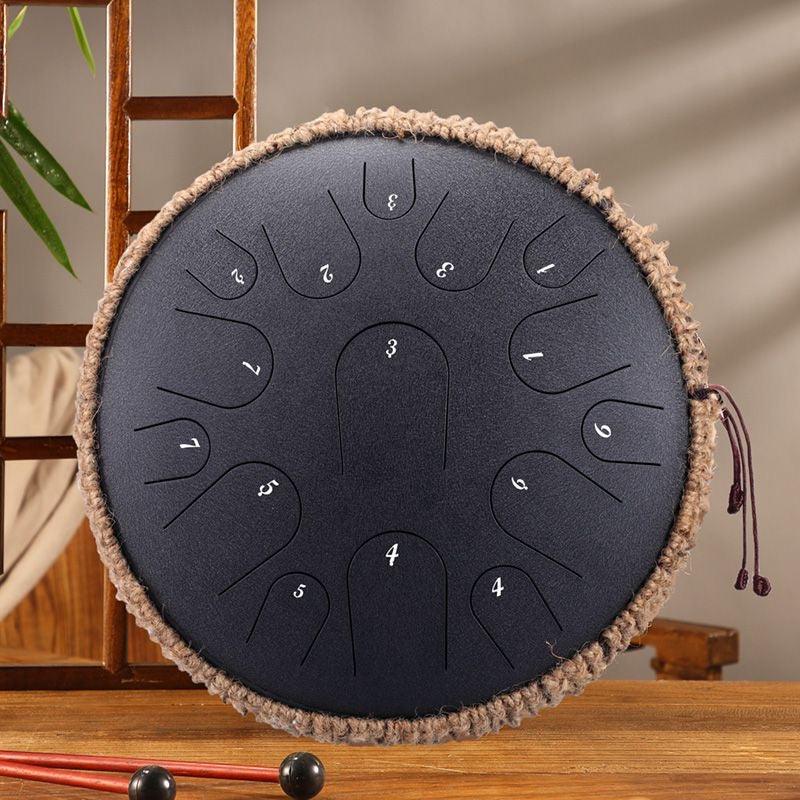
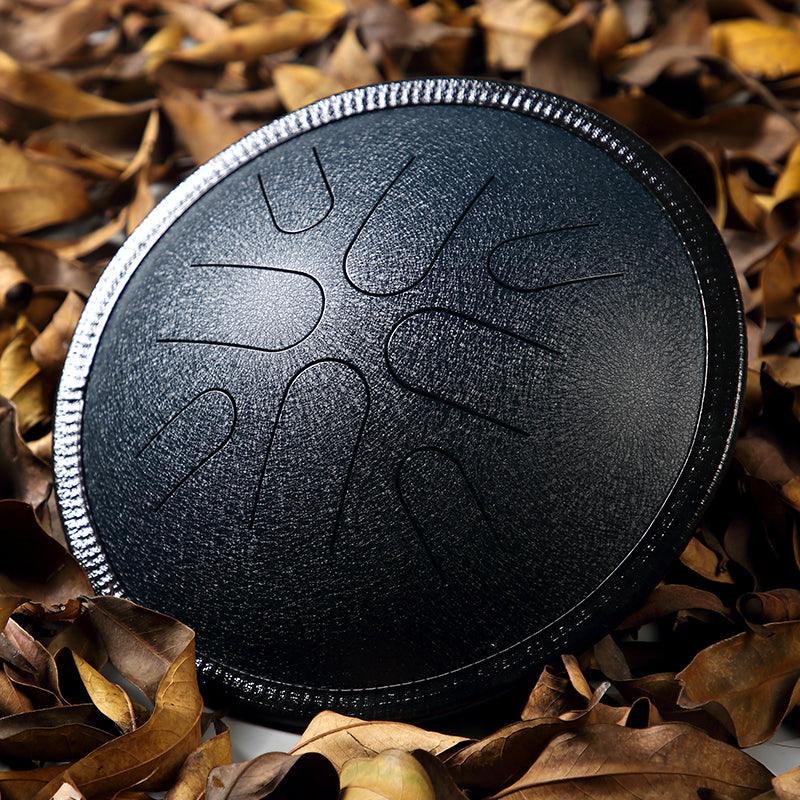
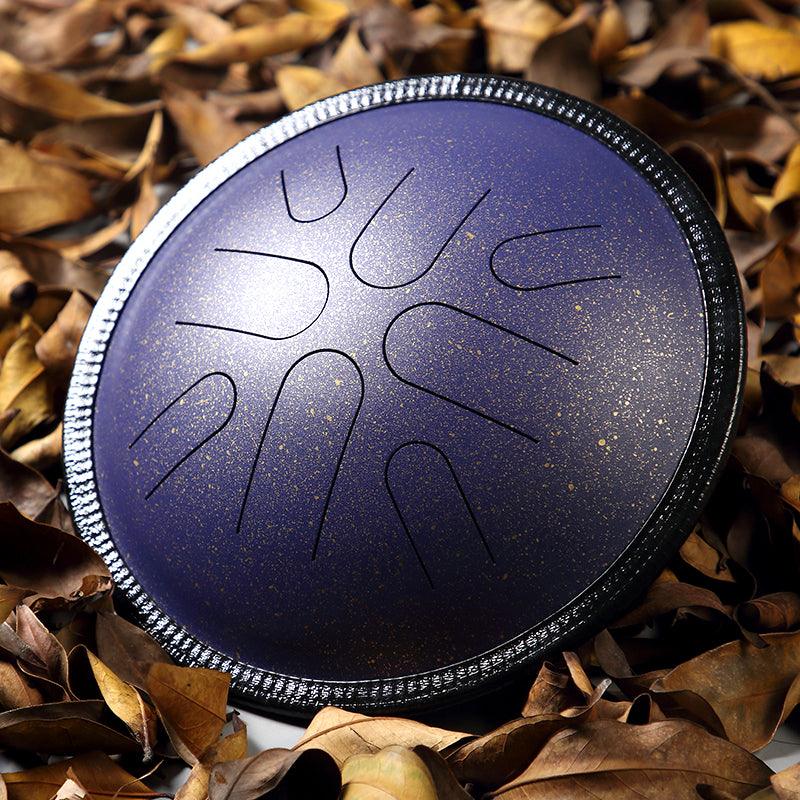
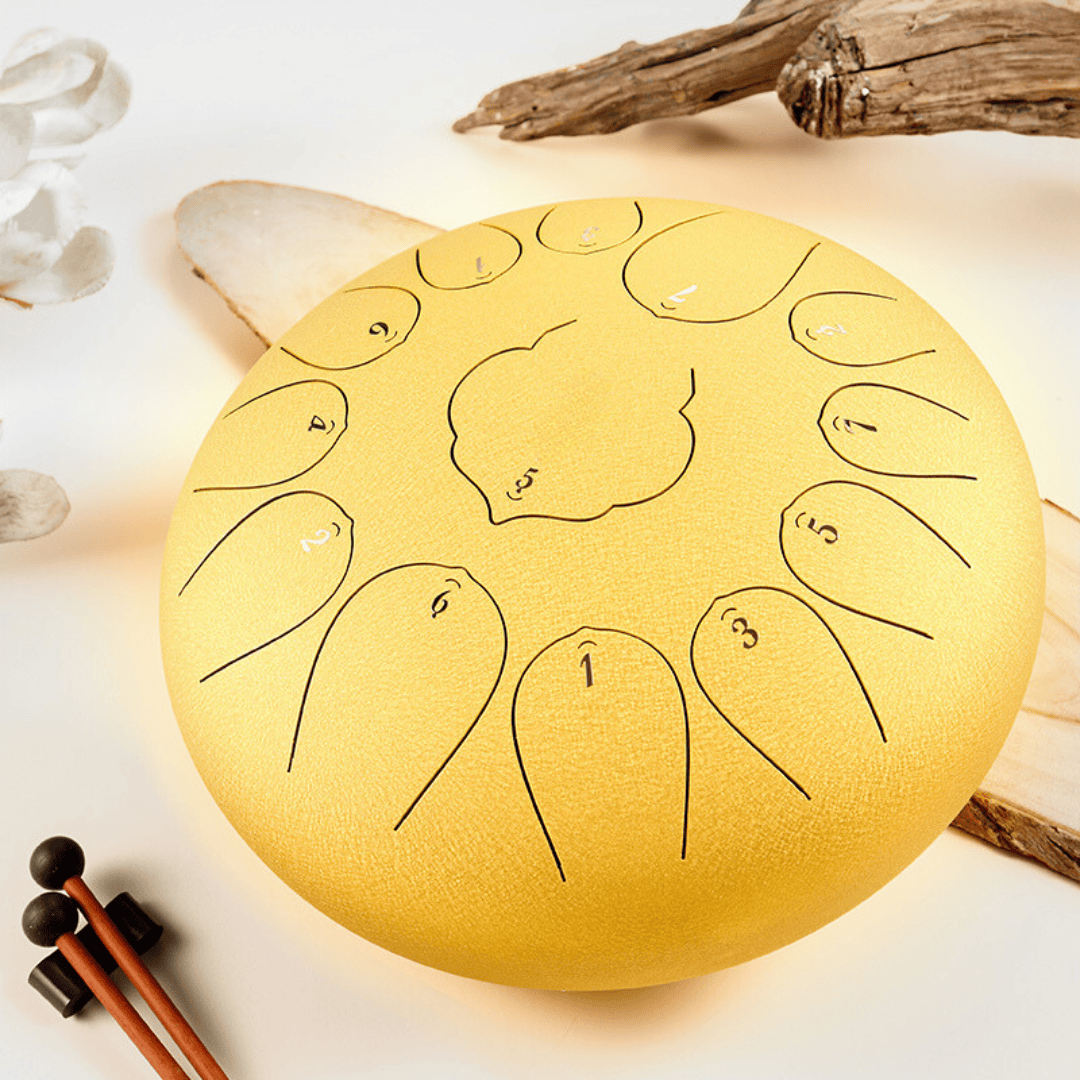

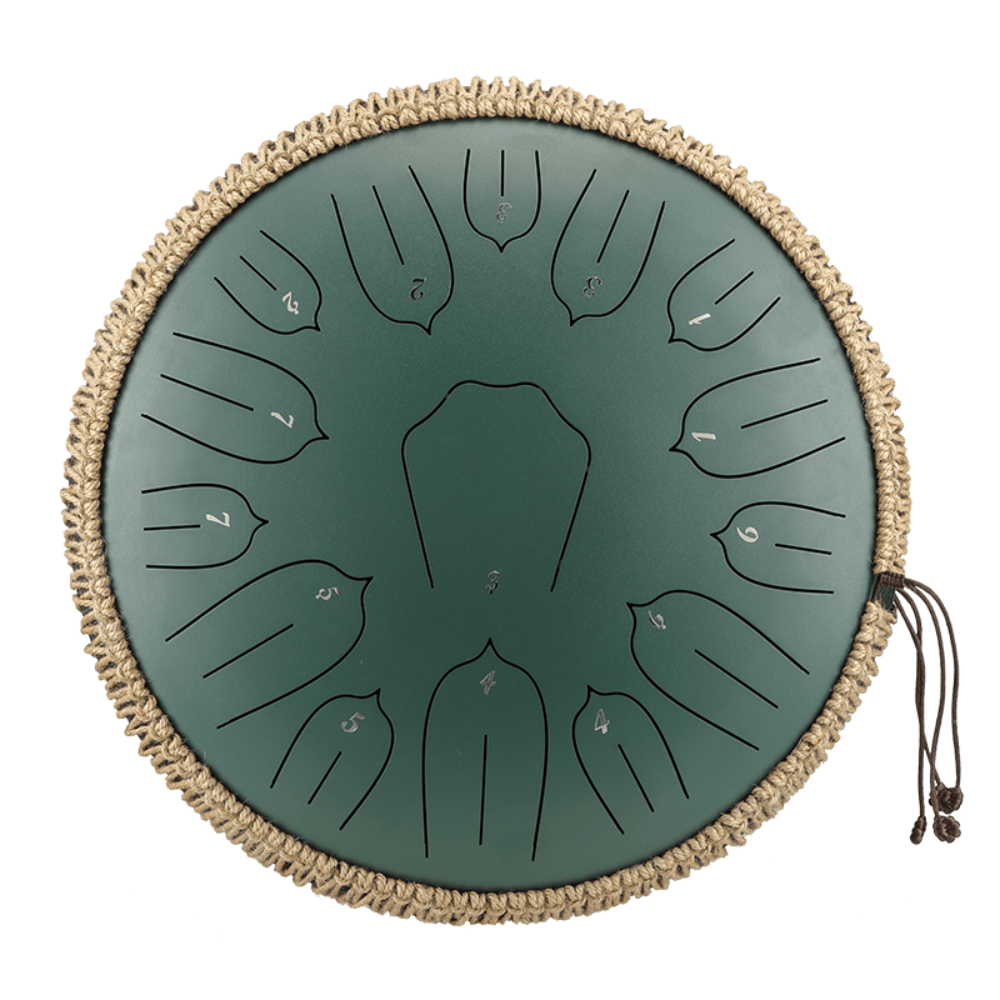
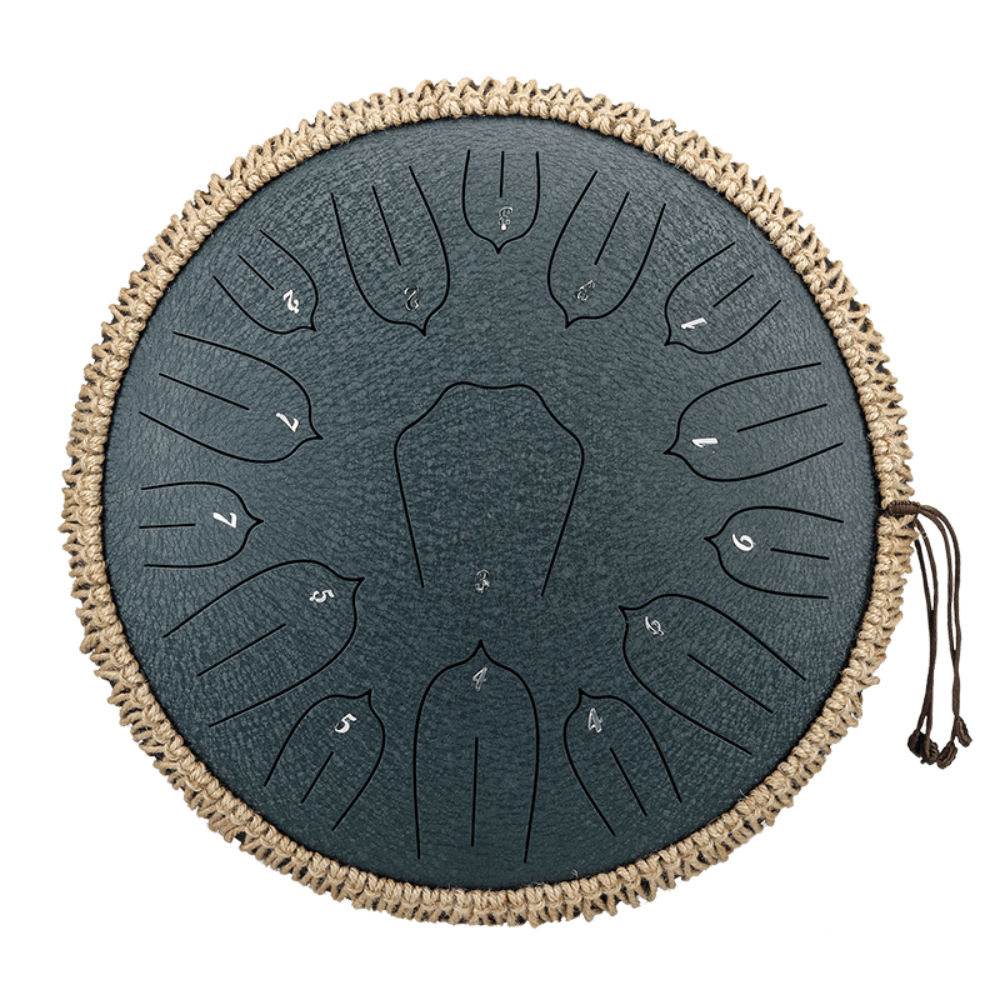


Leave a comment
All comments are moderated before being published.
This site is protected by hCaptcha and the hCaptcha Privacy Policy and Terms of Service apply.